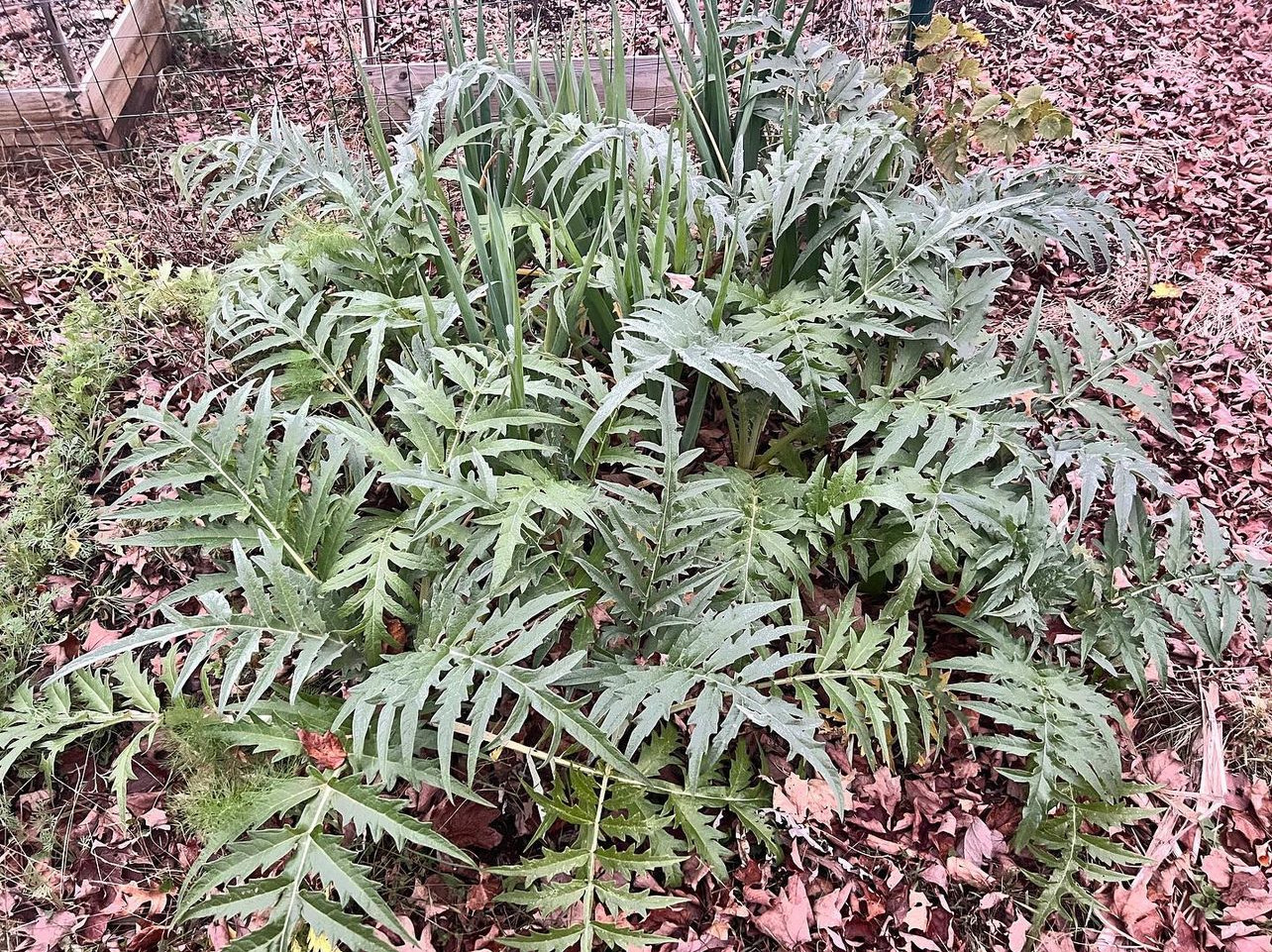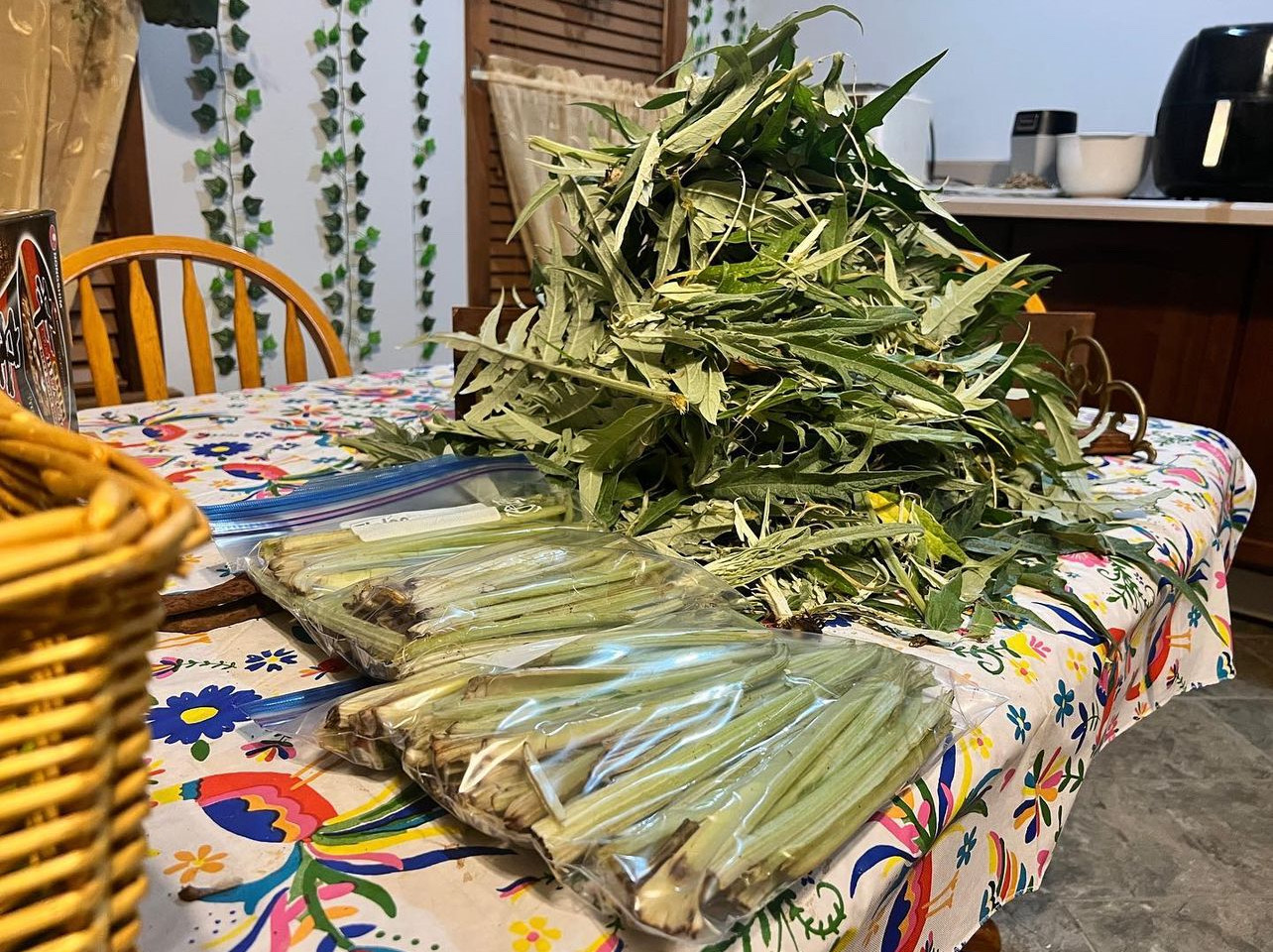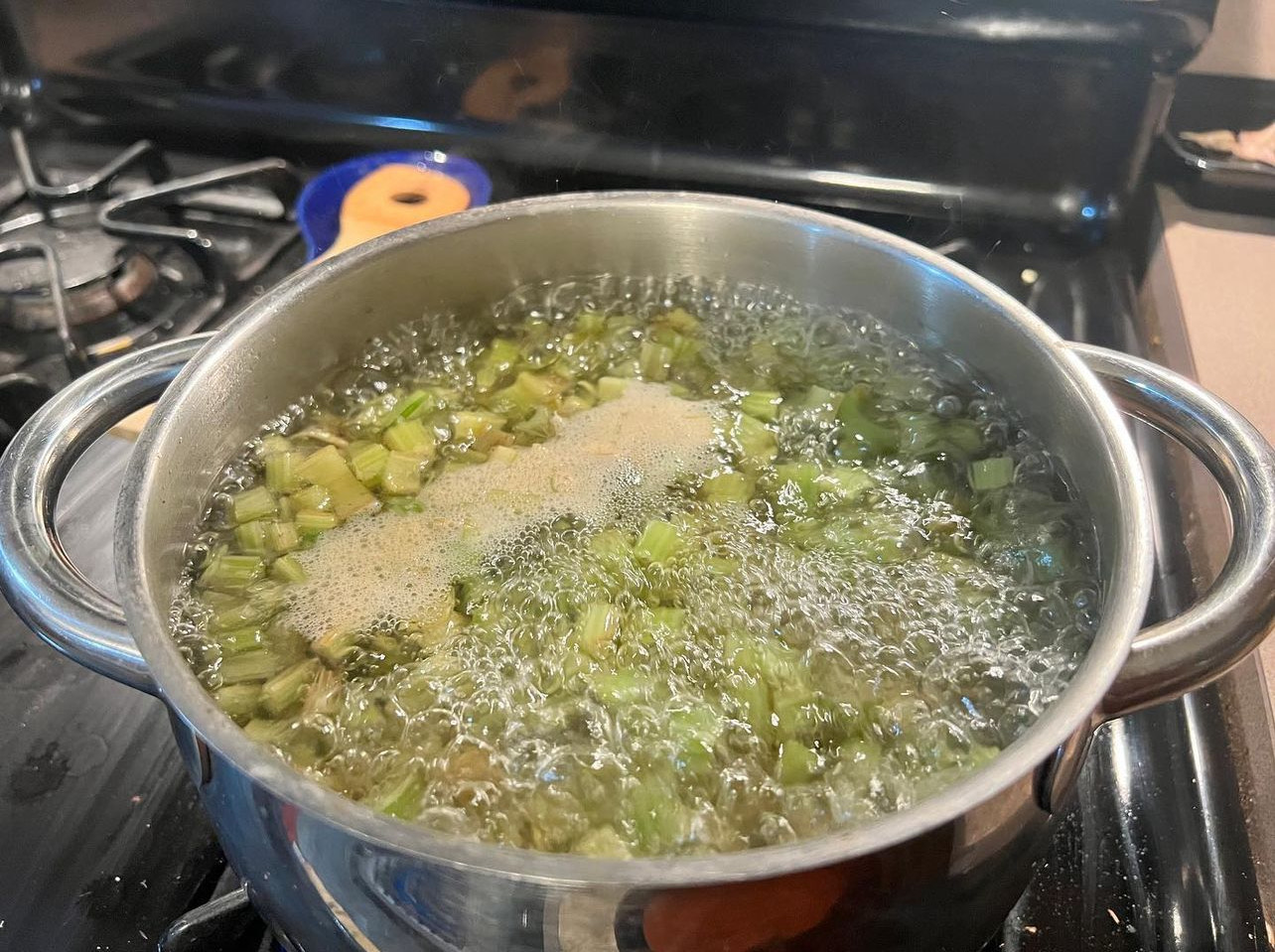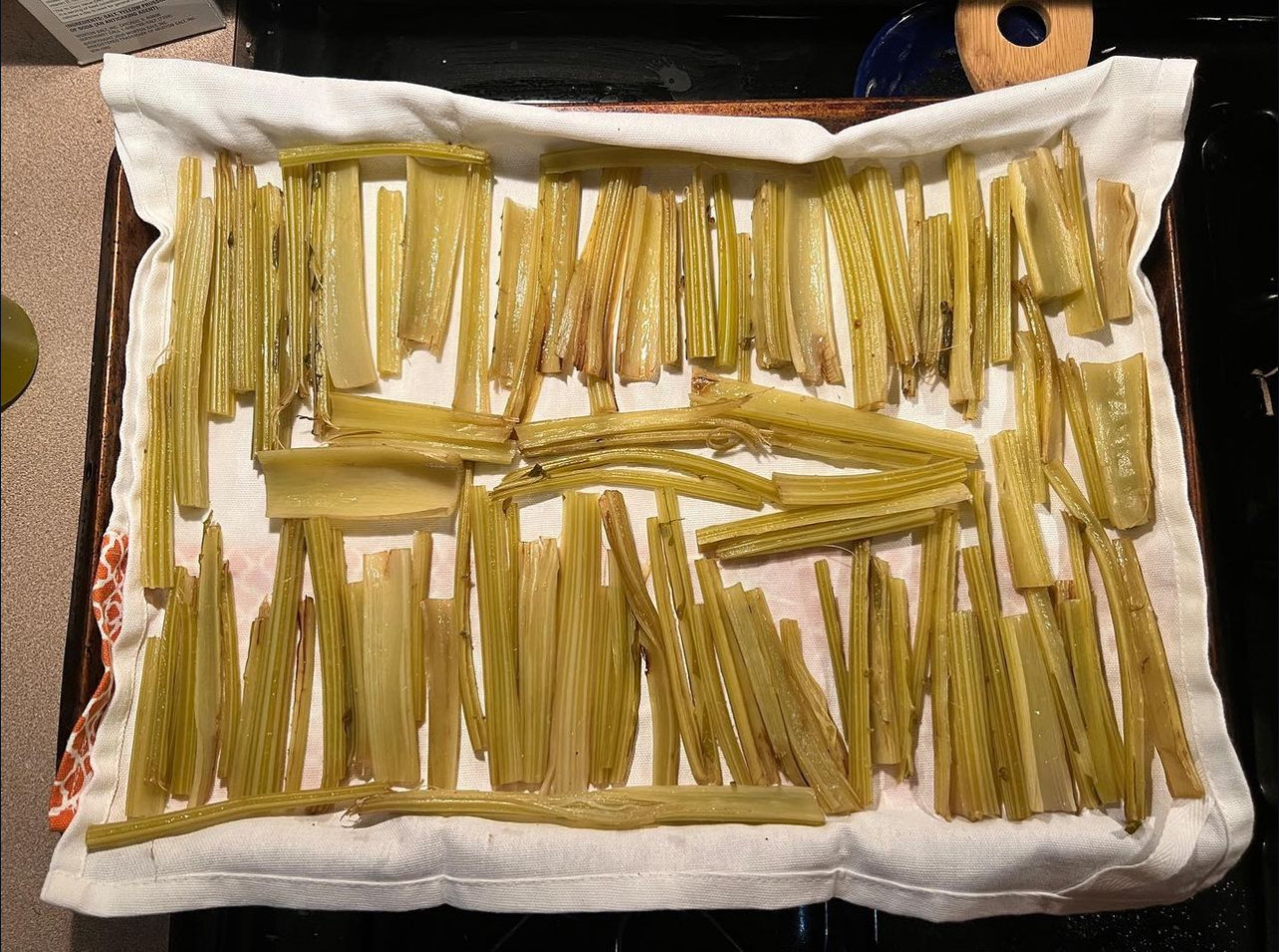
Among the cornerstones of rural life in Sicily was the tradition of using and maintaining a public oven. It was a practice born from necessity. Because few rural people had their own ovens throughout Italy's history, communities would rely on one that was communally shared.
Ancient Rome once hosted a vast network of at least 500 public ovens, which spread throughout Europe from the 14th to the 19th centuries. Citizens would bring dough to bake bread together in the community oven, which was a place where the rich and poor would bake side-by-side, stories would be swapped, and relationships would blossom.
It lasted until after World War II when most people purchased their own ranges and baked in their own homes. Much was gained in convenience, but was something lost in shedding this ancient practice?
Several people have asked that question, which has led to the creation of community ovens across the United States.
Vermont art teacher and former librarian Jen Burton and her friend Mark Woodward, a former state legislator, founded the Johnson Community Oven in 2017.
A family-friendly place where locals have gathered to communally dine on fresh-baked pizzas, the oven is primarily supported by donations and grants. Elmore Mountain Bread, Jasper Hill Farm, and Foote Brook Farm have all contributed food. And residents have donated building materials and wood. The oven has served as a glue, further connecting people in this town of just over 3,000 people.
Jen and I recently sat down to chat about how she and Mark got started, what goes into running a community oven, how it's used, and how the Johnson Community Oven ties to public oven tradition.
What exactly is a community oven?
I guess it doesn't have to be the same thing everywhere, but in Johnson, it's an oven that sits on town property and is available for anyone in the community to use. You need to sign up with the town, fill out a form, and say when you'll use it. Hopefully, you will get a little bit of training from an oven volunteer. Often, people will reach out to someone on the oven committee, and committee members will run the oven for their event.
There's a community pizza night that happens for about eight weeks each summer. The oven committee, along with other volunteers, organizes and hosts it. The pizza is free—by donation—and the committee often gets grants and other donations to supplement the cost.
Tell us how you got started.
My stepmom and her partner built an oven in their backyard, and they sometimes fire it up and invite people in the neighborhood to bring their own baked goods, like bread and other things, to bake. I knew about that, and then I heard a piece on Vermont Public Radio about an oven in Norwich, VT. It had been there for a long time, and somebody had just started using it to bake bread once a week. People would sign up for a loaf of bread.
Mark and I both independently heard that story. He kept talking about how he wanted a bread oven in town, and I decided to take action.
I did the groundwork to get the approval from the town. I had to defend the idea at a select board meeting, where everybody grilled me with questions for an hour. A big question was where to put it; there was a lot of conversation about that.
Once we had the approval, we hired a local mason to build it. People contributed stones and other items to be built into it, which added another aspect of community involvement. That was Mark's idea and turned out to be pretty cool.
Describe the oven and the space where it's located.
It's a big stone wood-burning oven, probably about six feet across each side, and it sits in a 12 x 16 structure. It's on a green in town next to an elementary school. In the summer, we have a Tuesday night live concert series there. So, the oven is kind of an extenuation of how we use that space in town.
How many pizzas can you fit in there at a time?
About three pizzas can be cooked at once. On a good night, they've made up to 90 pizzas for people in just a few hours, so they really crank out the pizzas. They do a great job.
How else is the oven used?
It's been used for birthday parties, retirement parties, and a few fundraising events. The library has started to collaborate with the oven committee on pizza nights. They've been providing some activities and music.
How has the use of the Johnson community oven changed?
It was built in the fall of 2017. We didn't use it much that winter, but we started to use it more the next summer. Initially, it was a free-for-all, with everybody bringing toppings and everybody making pizza, including kids. It was nice—messy but nice.
Then COVID happened, so we couldn't really do it that way anymore. The committee worked together to formulate a new plan in which just a few people made the pizzas, and nobody else was around. A pickup system was developed where we would tell people online what would be available that day, and they would come to pick them up.
We started to give people whole pizzas in boxes, and they would pick them up and leave instead of hanging around the field. Once COVID started to abate, people started to come onto the field again and spend more time with their neighbors. We had more volunteers helping with the baking, but this core group of people was still doing all the work, like making and cooking the pizzas.
Just this year, they started to open it up again and have more people come in, with more people bringing ingredients. And now it's a bit back to being more of a community-involved event.
I think people like it to be more participatory, and I think the people running it appreciate not having all the pressure on them. Also, there tend to be just one or two people who cook the whole time because that is more of a skill, but I think a wider range of people are coming in, bringing things in, and making the pizzas.
You talked about pizza. What other dishes can be made in the oven?
Richard Miscovich's book From the Wood-Fired Oven is a really great resource. I took a class from him to learn more about using ovens, which was really helpful.
I still love his onion recipe. He just put onions in a pot and put them in the oven; they're one of the best things that comes out of the oven.
But I've made bread, cookies, and garlic knots in that oven. The nice thing about the oven is that after the high temperatures of the pizza cooking, you can use the lower temperatures to do other things in it. So there's a cycle to it where you can cook at the high heat with certain things and then cook other things at the lower heat. People don't take advantage of it in that way as much as they could.
How does this oven tie to public oven tradition?
NPR's Shankar Vedantam has talked about how food really brings people together, so a lot of the reasoning behind doing it was based on that. It just felt like there needed to be something to bring different factions of the town together.
It's something that has been a central component of a community for hundreds or maybe thousands of years. Some towns only had one oven, where people would come to cook, so everybody would see each other there and have to cooperate.
So, part of the foundation for wanting to build it was to build something that would bring people together and make them work together toward a common goal.
In Vermont, we have Town Meeting Day. It's a cultural phenomenon. It's one day when people come to vote on their town budgets. It's an interesting thing that I don't think many other states, if any, have.
We have a potluck on Town Meeting Day. The oven is right next to the elementary school, where the town meeting is held. Over the past few years, people have made pizza for the potluck.
How would you describe the experience?
Overall, it's been a positive experience for the town. I think a lot of people really do like it. It's a very positive, family-friendly experience.
If you enjoyed this article, consider subscribing to my newsletter for more content and updates!




